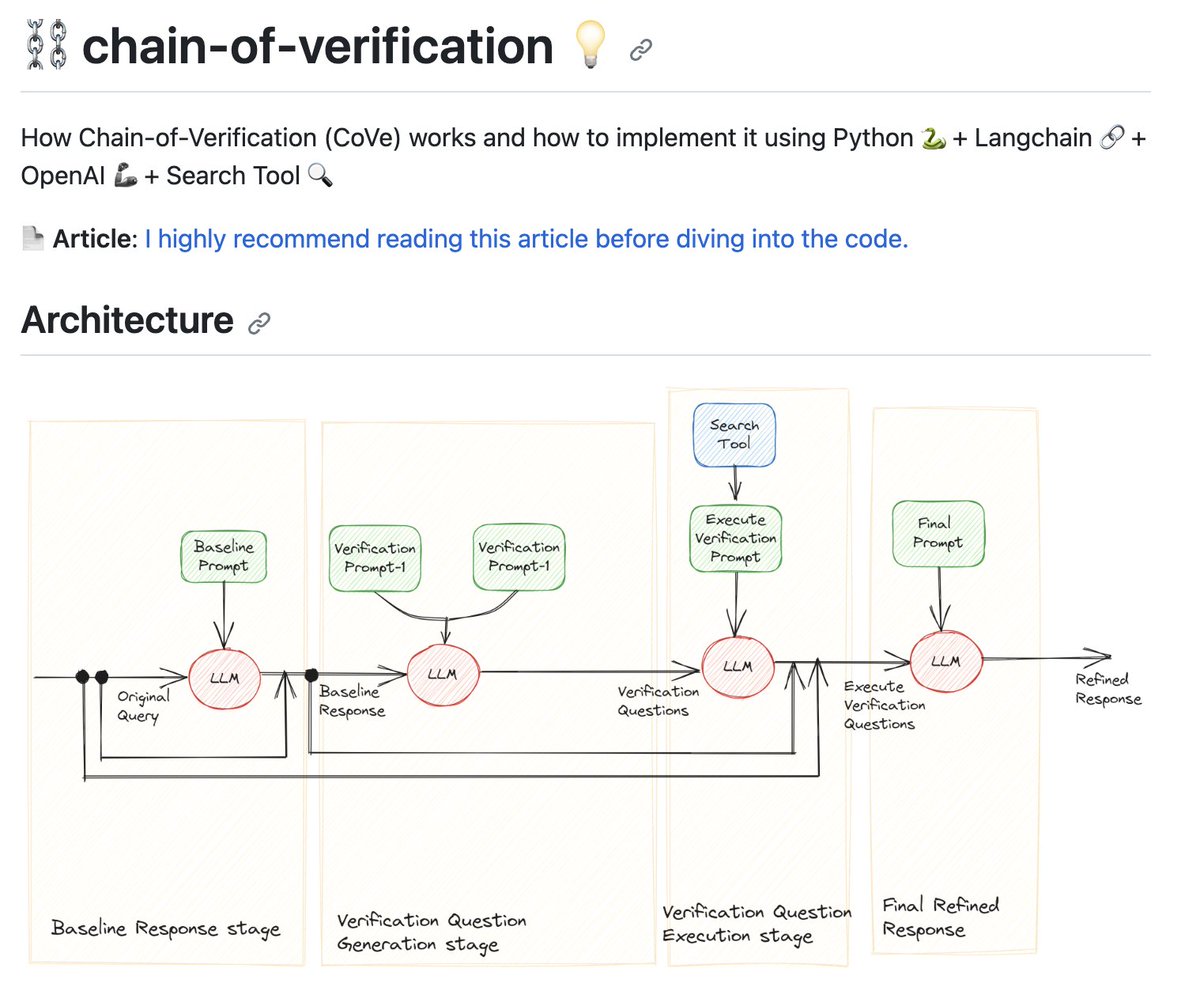
@LangChainAI, previously @robusthq @kensho
MLOps ∪ Generative AI ∪ sports analytics
7 subscribers
How to get URL link on X (Twitter) App


 🧠The idea of memory is tantalizing, but also really vague
🧠The idea of memory is tantalizing, but also really vague



 Most important link: the GitHub repo
Most important link: the GitHub repo

 If you want to jump right into it, we've updated the "Getting Started" page for agents to go over all the individual components
If you want to jump right into it, we've updated the "Getting Started" page for agents to go over all the individual components
 Language models are getting larger and larger context windows
Language models are getting larger and larger context windows
 Blog:
Blog: 
 I'll dive into details in this thread, but quick links:
I'll dive into details in this thread, but quick links:

 Before jumping in:
Before jumping in: 



 📄 `format_document`
📄 `format_document`






 The way this works is you define a `PipelinePrompt` with two components:
The way this works is you define a `PipelinePrompt` with two components:

 A underrated part of the preprocessing pipeline, proper splitting of text allows for maintaining semantically meaningful chunks
A underrated part of the preprocessing pipeline, proper splitting of text allows for maintaining semantically meaningful chunks
 Most "chat-your-data" applications involve three steps:
Most "chat-your-data" applications involve three steps:

 My biggest hurdle to using open source models is that I just want to access them behind an API to start
My biggest hurdle to using open source models is that I just want to access them behind an API to start
https://twitter.com/LangChainAI/status/1656787186761736193First, let's assume the library of all documents is all LangChain YouTube videos.



 Why add this?
Why add this?


 The basic idea of SelfQueryRetriever is simple: given a user query, use an LLM to extract:
The basic idea of SelfQueryRetriever is simple: given a user query, use an LLM to extract:
